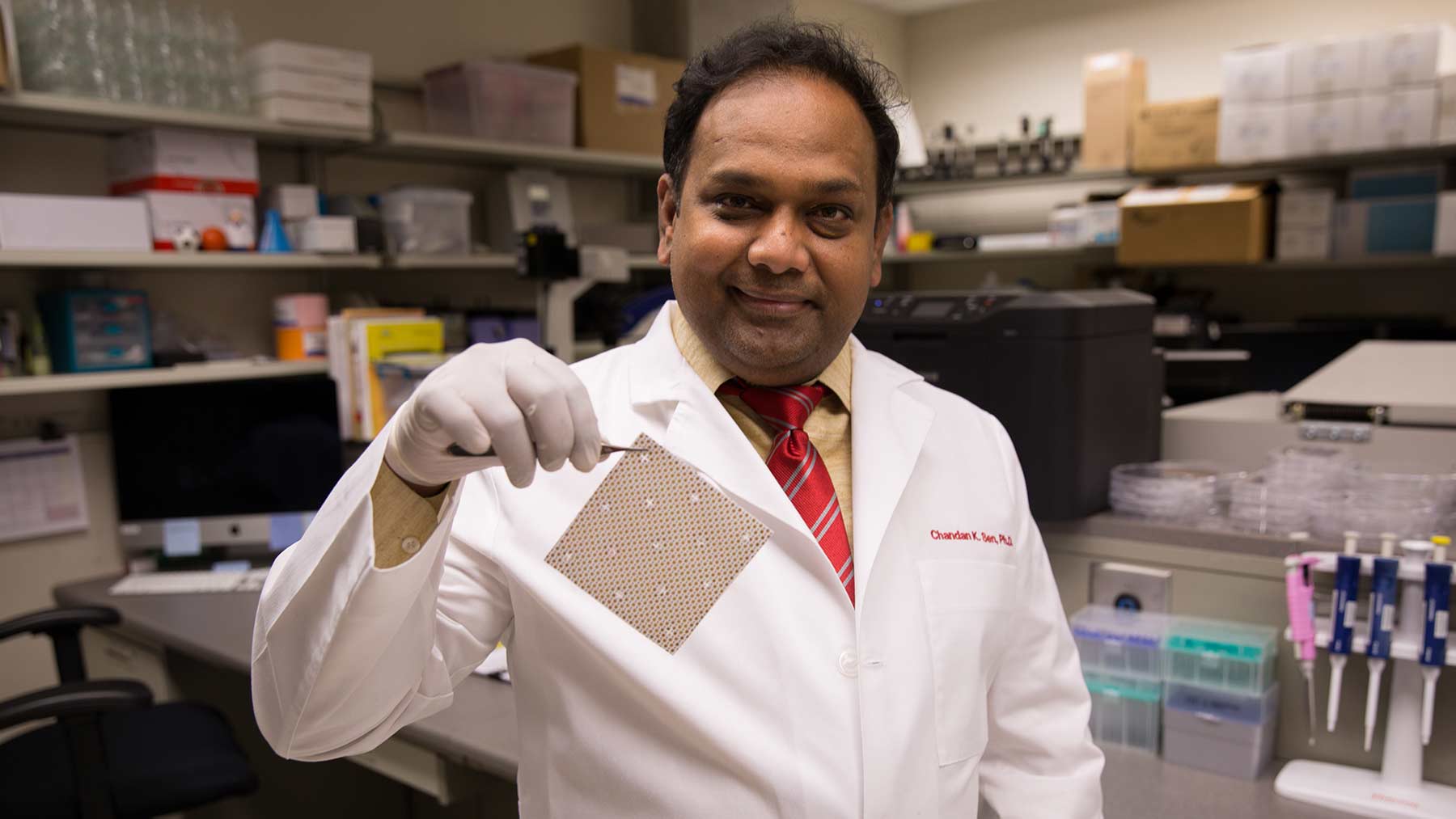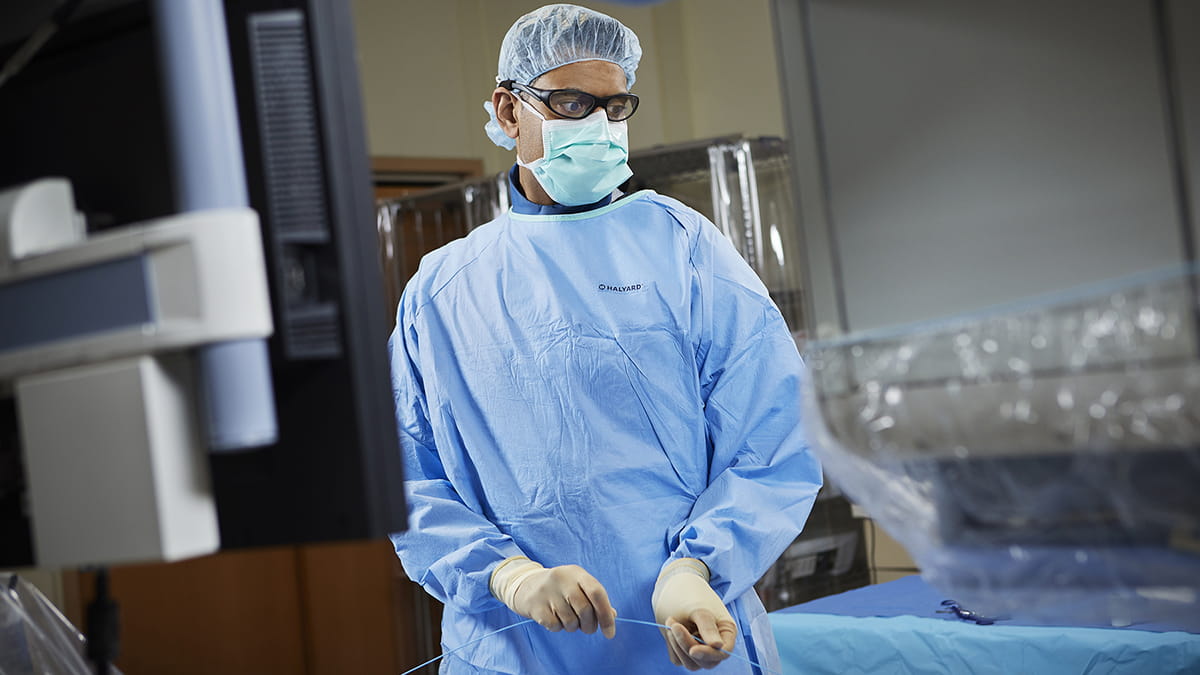Wireless electric bandage prevents infection

What if you could prevent infections, combat antibiotic resistance and help heal infected wounds, just by using a simple bandage?
Our research team at The Ohio State University Wexner Medical Center has successfully shown – for the first time – that these special bandages that use weak electric fields to disrupt bacterial biofilm infection can help wounds heal.
Findings of the animal study were published in the journal Annals of Surgery.
Bacteria that can't be treated with antibiotics are a major threat. Biofilm infections resistant to antibiotics cause up to 75 percent of bacterial infections in the United States.
"That’s why it’s important to try to find other ways to combat infection without the use of antibiotic drugs,” says Chandan Sen, director of Ohio State’s Center for Regenerative Medicine & Cell Based Therapies.
Sen led the research with colleagues at the Medical Center’s Comprehensive Wound Center and Center for Microbial Interface Technology.
Bacterial biofilms are a major wound complication. Bacteria rely on electrostatic interactions to adhere to surfaces, an important aspect of biofilm formation. Bacteria talk to each other using electrical messages.
This is the first pre-clinical, long-term porcine study to recognize the potential of “electroceuticals” as an effective technology to combat wound biofilm infection.
This study builds on Sen’s 2014 research with a wireless electroceutical dressing (WED) that uses silver and zinc printed on fabric in a geometric pattern. When moistened using bodily fluids or a hydrogel, WED generates a weak electric field without any external power supply.
WED can be used like any other disposable dressing.
“This wireless electric dressing is FDA-cleared and already in clinical use. But we need to learn more about its underlying mechanisms to enable optimal use," Sen says.
Since WED relies on electrical principles, it won't promote drug resistance.
"This study will help us to determine the optimal use of this simple technology platform,” Sen says.
During the study, the research team applied WED within two hours of wound infection in pigs to test its ability to prevent biofilm formation. Researchers also applied WED after seven days of infection to study disruption of established biofilm. Both proved successful. Researchers treated the wounds with placebo dressing or WED twice a week for 56 days.
Burns can breach the barrier of skin and make the body vulnerable. Patients with burns are at risk of dehydration and of bacteria entering into the body and causing health problems.
This study shows that WED may be viewed as a first-generation electroceutical wound care dressing.
WED also sped healing in wounds by restoring skin barrier function.
“Electroceutical principles should be utilized in the design of hospitals and operating rooms to fight the threat of hospital acquired infections,” Sen says.
Ohio State researchers are teaming up with the Department of Defense to start a clinical trial to test this technology on burn wounds in humans.




